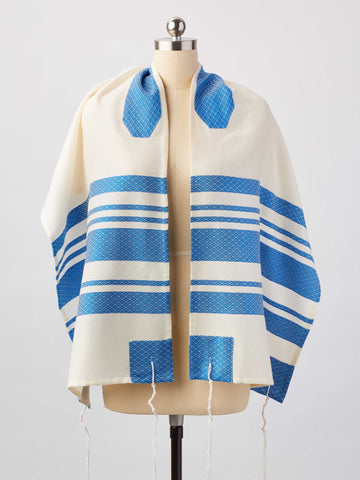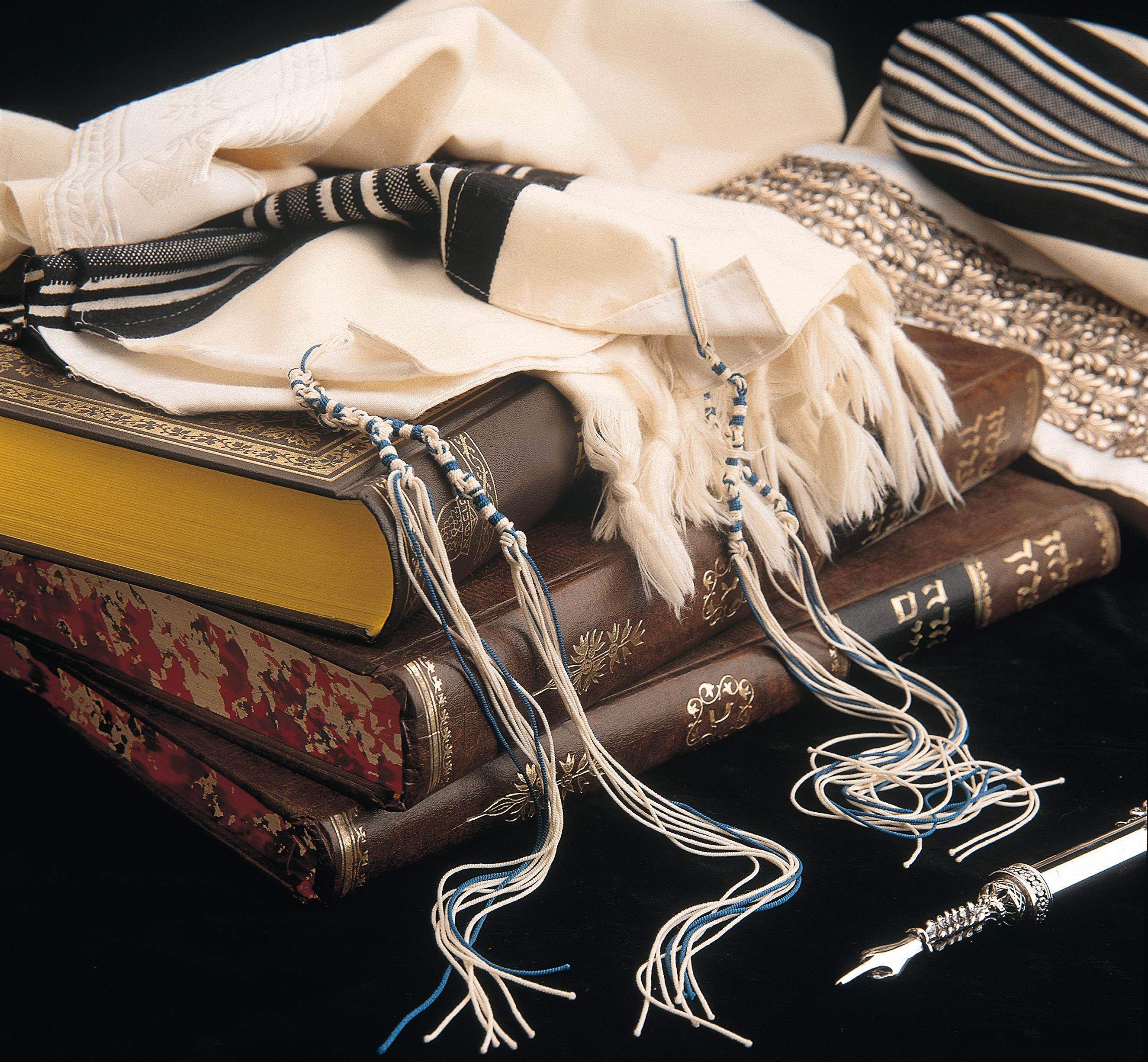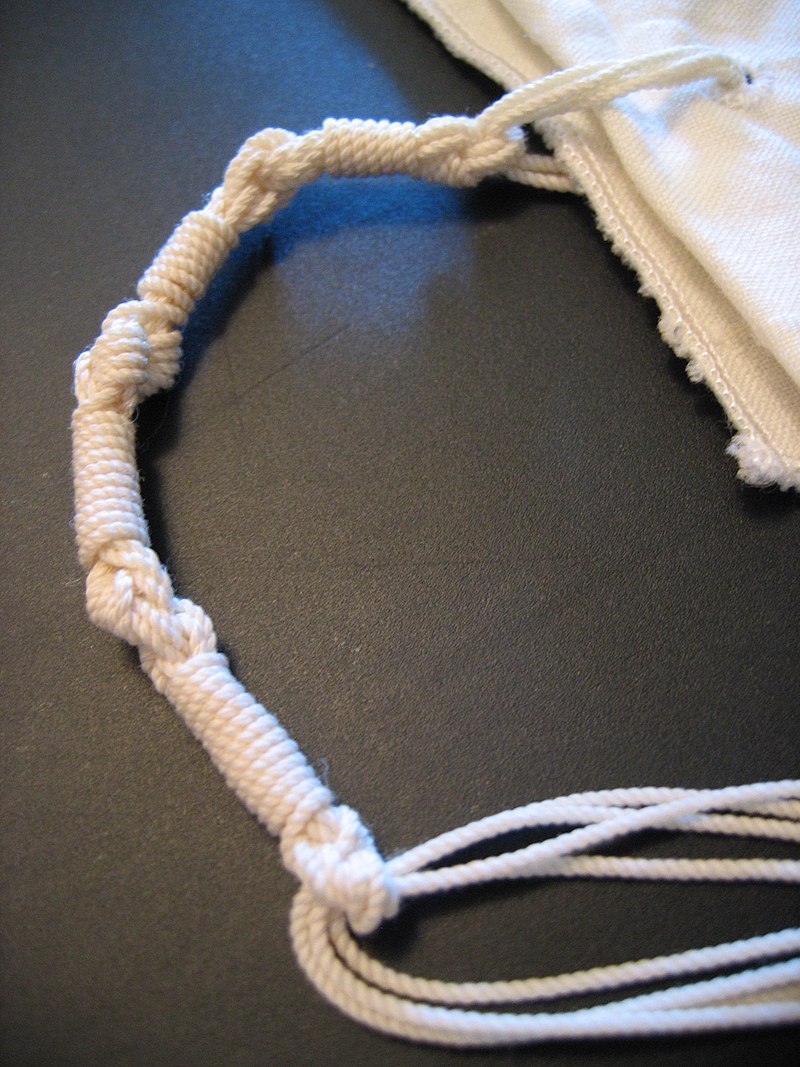11+ How To Tie Tzitzit Pdf
باجو كوروڠ is a traditional costume of Malays and traditionally worn by women in Brunei Indonesia Malaysia Singapore and southern ThailandThis type of traditional costume is the national dress of Brunei and Malaysia. Deuteronomy 11518 17912 Moses and the Israelites were commanded by God to establish courts of judges who were given full authority over the people of Israel who were commanded by God through Moses to obey the judgments made by the courts and every.

Tzitzit Custom How To Tie Tzitzit
Web The national costume of Indonesia is the national costume that represents the Republic of IndonesiaIt is derived from Indonesian culture and Indonesian traditional textile traditions.

. An alternative is to bend the flaps back and tie. ʊˈʂankə from уши ears also called an ushanka-hat Russian. Web A rebozo is a long straight piece of cloth which looks like a cross between a scarf and a shawl.
The clothing style and fashion sense of the Filipinos in the modern-day era have been influenced by their native ancestors the Spanish colonizers and the. Today the most widely recognized Indonesian national costumes include batik and kebaya although originally those costumes mainly belong within the island of Java and Bali most. Web Adjunct membership is for researchers employed by other institutions who collaborate with IDM Members to the extent that some of their own staff andor postgraduate students may work within the IDM.
Traditionally hats were made from the plaited leaves of the Carludovica palmata plant known locally as the toquilla palm or jipijapa palm although it is a palm-like plant rather than a true palm. Thing to wear is a traditional Japanese garment and the national dress of JapanThe kimono is a wrapped-front garment with square sleeves and a rectangular body and is worn left side wrapped over right unless the wearer is deceased. In the Hebrew Bible Exodus 182122 Numbers 111617 112425.
This technique originated from the island of Java Indonesia. Via Middle French turbant is a type of headwear based on cloth winding. Ecuadorian hats are light.
Web Ikat in Indonesian languages means bind is a dyeing technique originating from Indonesia used to pattern textiles that employs resist dyeing on the yarns prior to dyeing and weaving the fabric. Féileadh is a garment resembling a wrap-around knee-length skirt made of twill woven worsted wool with heavy pleats at the sides and back and traditionally a tartan pattern. Web Baju Kurung Jawi.
Web A Panama hat also known as an Ecuadorian hat a jipijapa hat or a toquilla straw hat is a traditional brimmed straw hat of Ecuadorian origin. For women a white or cream. Web A kebaya is an upper garment traditionally worn by women in Southeast Asia notably in Brunei Indonesia Malaysia Singapore and Southern Thailand.
When using sheer fabrics it is worn over an undershirt known as the camisón or camiseta which can have short or long sleevesThe term camisa de chino is also used for collar-less and cuff-less shirts named after its. Web A kilt Scottish Gaelic. Womens clothes of the Ottoman period were observed in the.
In Indonesia it is also one of the regional dresses seen most on the island of Sumatra where many ethnic Malay. Rest or cessation or the Sabbath also called Shabbos by Ashkenazim is Judaisms day of rest on the seventh day of the weekie SaturdayOn this day religious Jews remember the biblical stories describing the creation of the heaven and earth in six days. For 3-year terms which are renewable.
The head tie is used as an ornamental head covering or fashion accessory or for functionality in different settings. Relating to Kufa also known in Arabic as a ghutrah غترة shemagh شماغ šumāġ ḥaṭṭah حطة and in Persian as a čafiya چفیه or čapiya چپیه is a traditional headdress worn by men. Web The keffiyeh or kufiya Arabic.
Web Shalwar kameez also salwar kameez and less commonly shalwar qameez is a traditional combination dress worn by women and in some regions by men in South Asia and Central Asia. The tallit is a Jewish prayer shawl worn while reciting morning prayers as well as in the synagogue on Shabbat and holidaysIn Yemen the wearing of such garments was not unique to prayer time alone but was worn the entire day. Web During the Tanzimat and Meşrutiyet period in the 19th century the common people still keeping to their traditional clothing styles presented a great contrast with the administrators and the wealthy wearing redingot jacket waistcoat boyunbağı tie mintan sharp-pointed and high-heeled shoes.
Web A turban from Persian دولبند dulband. They are held up by a drawstring or elastic belt which causes them to. Web An ushanka Russian.
The applied wax resists dyes and therefore allows the. In ikat the resist is formed by binding individual yarns or bundles of yarns with a tight wrapping applied in the desired patternThe yarns are then dyed. Outside of Southeast Asia it is worn by Javanese Malays and Portuguese Eurasians in Australian Cocos Islands and Christmas Island coastal India and Sri Lanka Macau as well as South Africa.
Originating in the Scottish Highland dress for men it is first recorded in 16th century as the great kilt a full-length garment whose upper. Web Shabbat ʃ ə ˈ b æ t ʃ ə ˈ b ɑː t or ʃ ə ˈ b ʌ t. It is fashioned from a square scarf and is usually made of cotton.
Shalwars are trousers which are atypically wide at the waist but which narrow to a cuffed bottom. Web A sombrero Spanish transl. Nip is the most common traditional garment worn by indigenous women from central Mexico to Central America.
Web Batik is an Indonesian technique of wax-resist dyeing applied to the whole cloth. Web Barong tagalog is a formal shirt usually made of sheer lightweight but stiff fabric known as nipis usually woven from piña or abacá fibers. For example in the Book of Ezekiel an angel grabs the prophet by the tzitzit of his head he could be said to be dragged by his hair.
Like ponchos huipils and sarapes they are classic Mexican garments made of straight mostly uncut cloth but rebozos have their own characteristics. Communities with prominent turban-wearing traditions can be found in the Indian subcontinent Southeast Asia the Arabian Peninsula the Middle East. Batik is made either by drawing dots and lines of the resist with a spouted tool called a canting or by printing the resist with a copper stamp called a cap.
It usually has a high pointed crown an extra-wide brim broad enough to cast a shadow over the head neck and shoulders of the wearer that is slightly upturned at the edge and a chin strap to hold it in place. Web A head tie is a womens cloth head scarf that is commonly worn in many parts of West Africa and Southern Africa. Web The kimono きもの着物 lit.
Shadower is a type of wide-brimmed Mexican mens hat used to shield the face and eyes from the sun. Web Fashion and clothing in the Philippines refers to the way the people of Filipino society dress up in instances such as while they are at home at work travelling and when attending special occasions. Its use or meaning can vary depending on the country andor religion of those who wear it.
Featuring many variations it is worn as customary headwear by people of various cultures. Web Court dress on the other hand is a stylized form of clothing deriving from fashionable eighteenth-century wear which was directed to be worn at court by those not entitled to a court uniformFor men it comprised a matching tailcoat and waistcoat breeches and stockings lace cuffs and Cravat cocked hat and a sword. A popular etymological interpretation of tzitzit derives from another word which shares this.
Web The word may derive from the Hebrew root נ-צ-ה n-ts-h. Tzitzit shares this root with the Hebrew for lock of hair or dreadlock. The kimono is traditionally worn with a broad sash called an obi and is commonly worn.
ˈʂapkə ʊˈʂankə is a Russian fur cap with ear covering flaps that can be tied up to the crown of the cap or fastened at the chin to protect the ears jaw and lower chin from the cold. It is classically a womans garment traditionally hand woven distinguished by complicated finger woven. It is a loose-fitting tunic generally made from two or three rectangular pieces of fabric which are then joined with stitching ribbons or fabric strips with an opening for the head and if the.
In many Ashkenazi communities a tallit is worn only after marriageThe tallit has special twined and knotted.

Techeiles Tekhelet How To Tie Tzitzis Tzitzit Like R Hershel Schachter S Method My Western Wall

How To Tie Tzitzit Advah Designs

Tekhelet Wikipedia

Ashkenazic Sephardic Chabad And Yemenite Methods Of Tying Tzitzit
Visit To A Synagogue Lessons Blendspace

Tzitzit Tying Diagrams Pdf Semitic Words And Phrases Jewish Belief And Doctrine

Rama K R Moshe Cordevero Tying Blue Fringes Techeiles Tekhelet Techelet Tcheiles

Tzitzit Aish Com

How To Tie The Tzitzit Hyakinthinos Tefillin About Tallit

Devotaj Tzitzit Intersection Of Normative And Folk

Cotton Tallit Katan Tzitzit Tzitzis Mishkan Hatchelet Ahuva Com

Tzitzit Wikipedia

How To Tie The Tzitzit Hyakinthinos Tefillin About Tallit

Yemenite Tzitzit How To Tie Rambam Knots Youtube

Tzitzis Diagrams Chabad Org
How To Tie Your Own Tzitzit Anna Abramzon Studio

How To Tie The Tzitzit Hyakinthinos Tefillin About Tallit